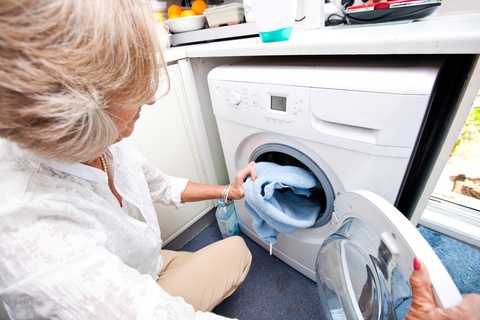Understanding Cancer in Women: Why It Matters and What We Can Do
Lung cancer and mesothelioma are a big worry for women worldwide. Many things like our bodies, the environment, and how we live can make this disease more likely. It’s the main cause of cancer deaths in women in some countries. But when we talk about lung cancer and mesothelioma, we often think more about men. This makes it hard to learn about, treat, and help women who have it. A new study in Clinical Lung Cancer looks at the history and future of lung cancer in women. Decoding Women’s Unique Risks Researchers say it’s hard for women with lung cancer or mesothelioma to get the right help. Not enough women are part of studies to learn about cancer treatments. There…








